Dreadlocks hairstyle 2023

Dreadlocks hairstyle 2023 Dreadlocks, also known as “locs,” are a unique and culturally significant hairstyle that has been worn by various communities around the world for centuries. This iconic hairstyle involves the intentional matting and locking of hair, resulting in long, rope-like strands that hang freely or are styled in intricate patterns. With their deep historical roots and diverse cultural associations, dreadlocks have become a symbol of identity, spirituality, and individuality for many people.
The origin of dreadlocks can be traced back to ancient civilizations in different parts of the world. In Africa, the birthplace of this hairstyle, dreadlocks have been worn for thousands of years. The Rastafari movement, which emerged in Jamaica in the 1930s, played a significant role in popularizing dreadlocks globally. Rastafarians adopted this hairstyle as a way to embrace their African heritage and as a symbol of their commitment to a natural and spiritual way of life.
Dreadlocks are typically formed by allowing the hair to grow naturally and using various methods to encourage the hair to matt and lock together. One of the most common methods is the “neglect” method, where the hair is left untouched and allowed to naturally knot and tangle over time. Other techniques include backcombing, palm rolling, and the use of wax or other products to aid in the locking process.
The process of growing and maintaining dreadlocks requires patience and dedication. As the hair begins to lock, it forms cylindrical or rope-like structures that can vary in size, length, and thickness. The time it takes for hair to fully lock can range from a few months to several years, depending on factors such as hair texture, length, and individual hair care routines.
Dreadlocks offer versatility in styling, allowing individuals to express their creativity and personal style. Some choose to let their dreadlocks hang freely, creating a cascading effect that showcases the length and texture of the locks. Others opt for more intricate styles, such as updos, braids, or buns, where the locks are woven and twisted into elaborate patterns.
The cultural significance of dreadlocks extends far beyond their aesthetic appeal. For many, wearing dreadlocks is a way to connect with their African roots and embrace their natural hair texture. Dreadlocks are seen as a symbol of strength, resilience, and spiritual growth. They represent a rejection of societal norms and beauty standards that often favor Eurocentric features and promote conformity.
Despite their rich cultural heritage, dreadlocks have faced their share of controversy and misconceptions. In some societies, they have been associated with stereotypes and negative perceptions. This cultural appropriation has led to discrimination and misunderstandings surrounding the hairstyle. However, many individuals continue to proudly wear their dreadlocks, educating others about their cultural significance and challenging preconceived notions.
Caring for dreadlocks requires a unique hair care routine. Regular maintenance includes washing the hair with residue-free shampoos, using natural oils or moisturizers to prevent dryness, and periodically re-twisting or palm rolling the locks to maintain their shape. It is crucial to strike a balance between maintaining the locks’ integrity and avoiding excessive manipulation that could lead to breakage.
In recent years, the popularity of dreadlocks has grown among people from various backgrounds and cultures. The versatility, symbolism, and natural beauty of this hairstyle have transcended borders and become a form of self-expression embraced by many. From musicians and artists to everyday individuals, dreadlocks continue to inspire and captivate people worldwide.
In conclusion, dreadlocks are more than just a hairstyle; they are a powerful symbol of cultural identity, self-expression, and personal journey. With their deep historical roots and diverse associations, dreadlocks have become an iconic and cherished hairstyle for many individuals across the globe. Whether worn as a spiritual statement, a celebration of African heritage, or simply as a
Dreadlocks, often referred to as “locs” or “dreads,” are a unique and culturally significant hairstyle characterized by the intentional matting or braiding of hair into long, ropelike strands. This style has historical and cultural roots in various societies, including African, Caribbean, and Rastafari traditions. Here are some key features and considerations related to dreadlocks:
Formation:
- Natural Process: Some individuals allow their hair to naturally coil and lock over time. This is often referred to as the freeform or neglect method.
- Manual Techniques: Other methods involve manually encouraging the hair to lock, such as palm rolling, backcombing, twisting, or interlocking. These methods help create more uniform and controlled dreadlocks.
Length:
- Varied Lengths: Dreadlocks can be short and close to the scalp or long and flowing. The length is influenced by factors such as hair type, growth rate, and the duration the locks have been in place.
Sectioning:
- Dividing the Hair: Before starting the locking process, the hair is divided into sections. The size and shape of these sections contribute to the overall appearance of the dreadlocks.
Maintenance:
- Regular Washing: Contrary to a common misconception, it’s essential to wash and cleanse dreadlocks regularly to maintain scalp health.
- Retwisting or Palm Rolling: Some individuals engage in regular retwisting or palm rolling to maintain the shape of the locks.
- Separation: To prevent adjacent locks from merging, it’s important to separate them periodically.
Cultural and Symbolic Significance:
- Rastafari Culture: In Rastafari culture, dreadlocks are often associated with spiritual consciousness, a connection to nature, and a rejection of certain societal norms.
- African and Caribbean Roots: Dreadlocks have historical roots in various African and Caribbean cultures, where they may symbolize identity, spirituality, or resistance.
Styles and Accessories:
- Natural Aesthetics: Some individuals prefer the natural and organic appearance of their dreadlocks, allowing them to form freely.
- Styling Options: Others choose to style their dreadlocks in various ways, including updos, buns, or adding accessories such as beads, shells, or wraps.
Maintenance Techniques:
- Interlocking: This method involves weaving the hair through itself to encourage locking.
- Crochet Method: Crocheting can be used to tighten and maintain the appearance of dreadlocks.
Dreadlocks are a personal and cultural choice, and individuals choose this hairstyle for a variety of reasons, including cultural identity, spirituality, and personal expression. If you are considering getting dreadlocks, it’s recommended to consult with a stylist or loctician experienced in creating and maintaining this hairstyle. Proper care is crucial for healthy, well-formed, and well-maintained dreadlocks.

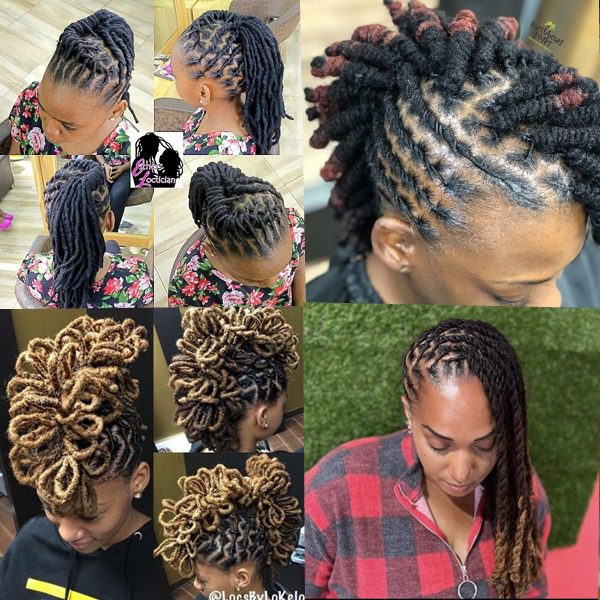
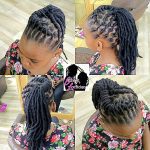
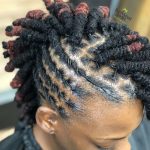
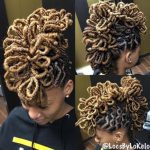
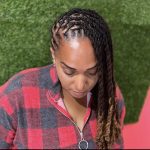
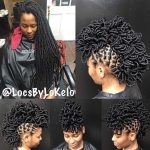
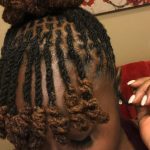
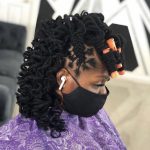
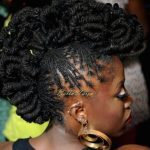
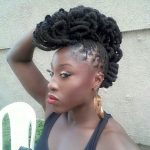
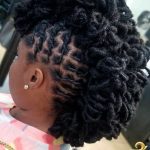
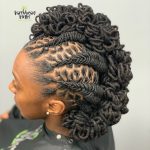
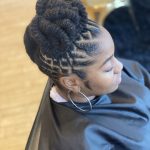
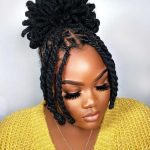
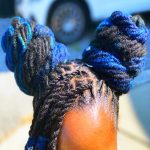
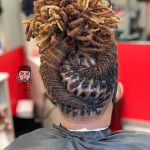
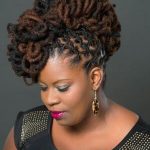
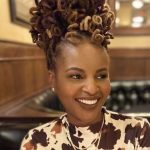
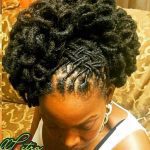
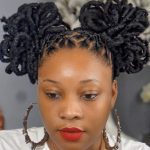
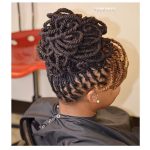
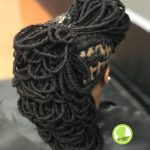
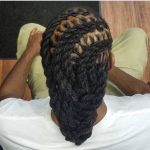
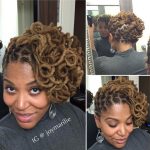
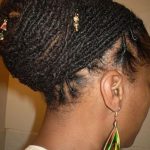
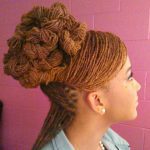
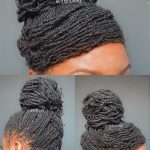
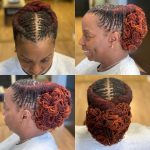
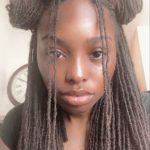
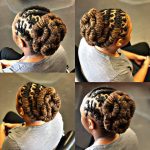
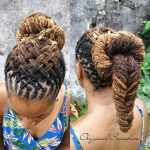
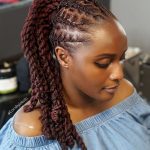
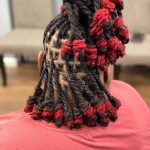
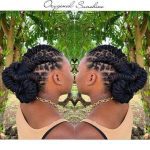
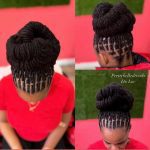
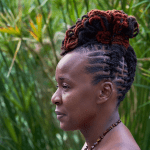
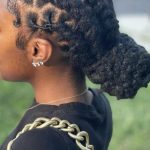
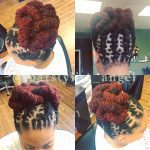
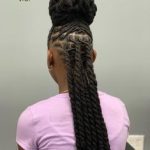
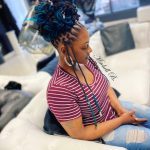
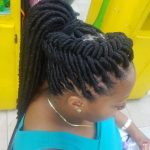
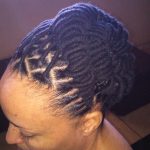
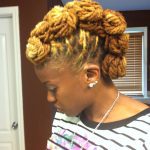
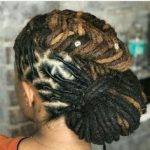
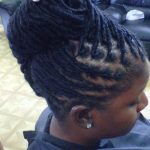
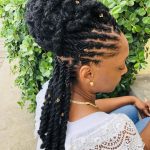
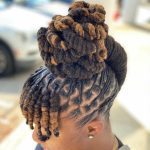
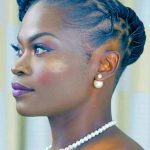
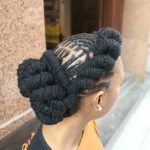
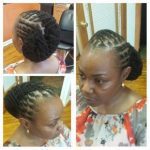
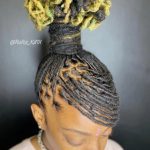
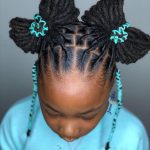
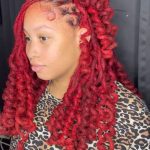
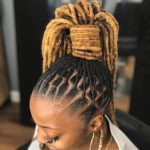
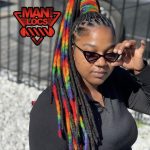
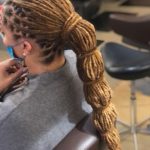
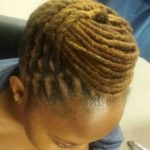
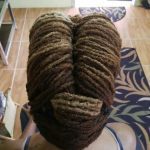
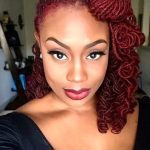
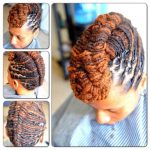
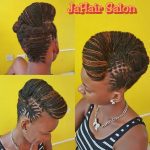
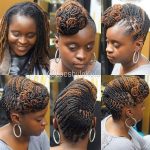
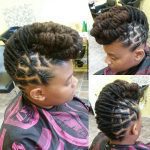
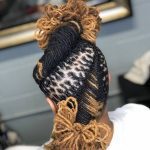
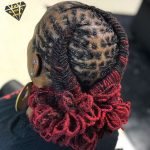
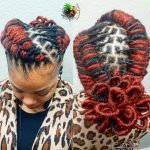
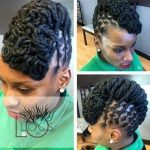
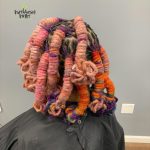
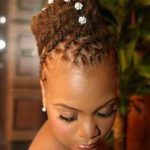
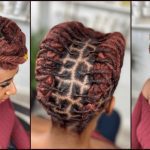
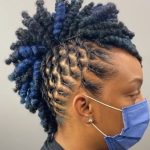
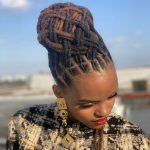
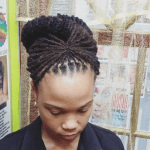
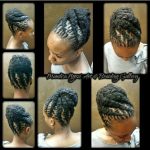
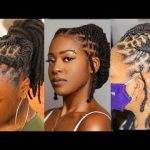
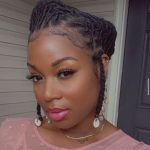
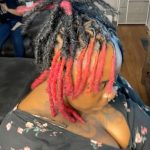
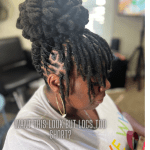
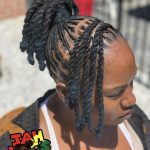
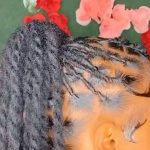
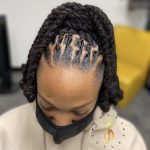
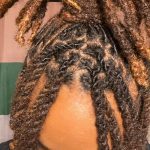
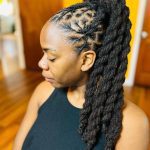
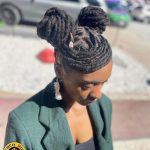
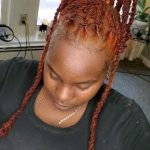
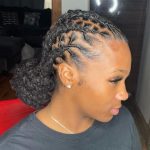
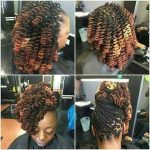
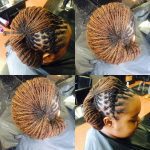
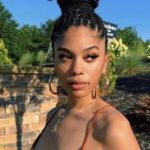
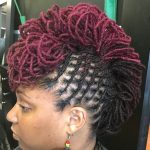
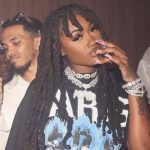
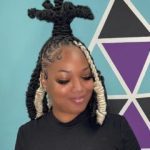
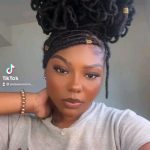
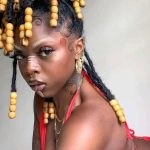
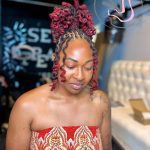
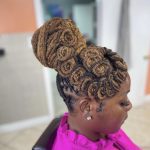
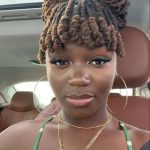
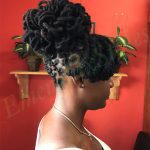
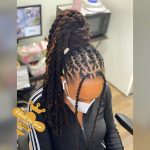
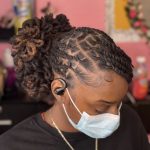
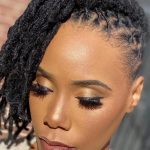
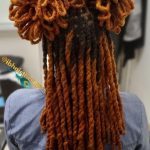
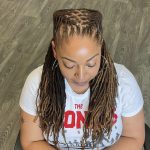
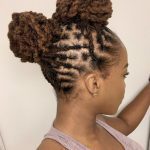
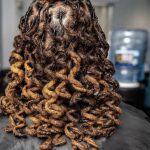
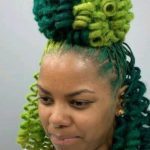
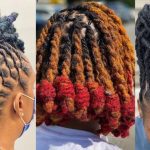
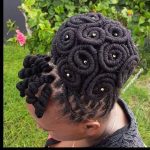
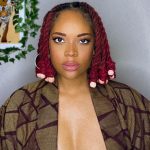
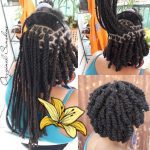
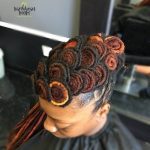
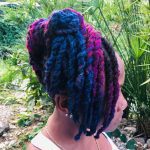
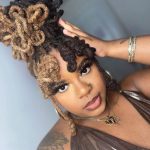
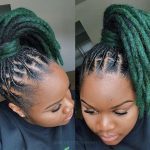
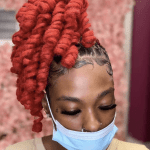
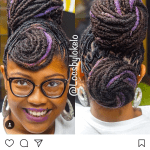
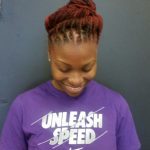
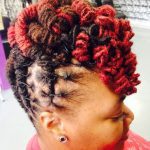
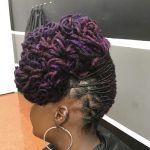
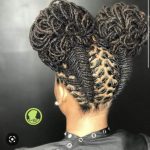
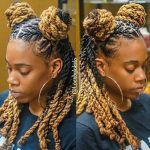
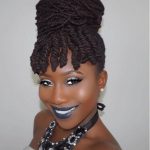
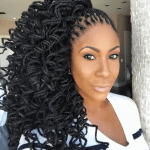
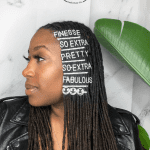
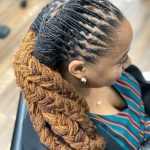
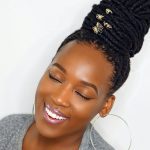
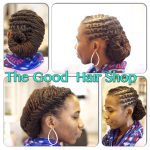
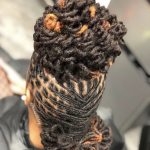
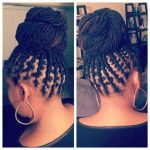
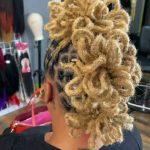
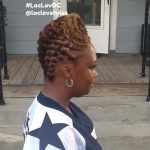
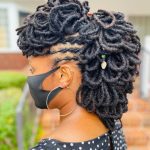

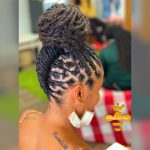
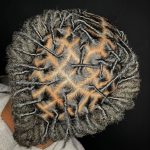
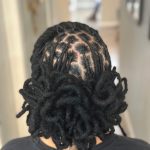
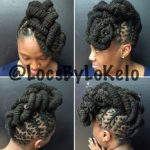
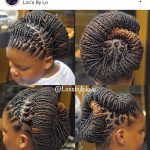
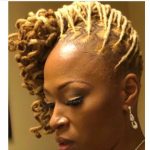
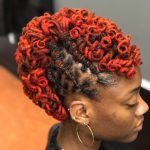
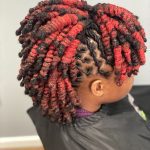
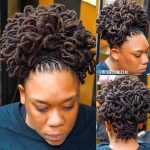
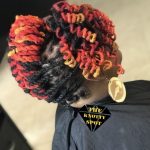
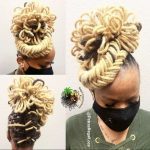
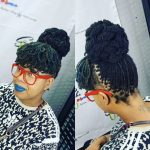
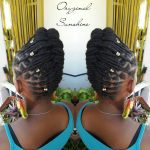
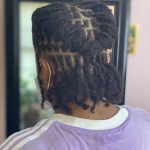
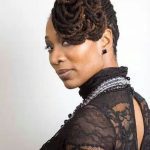
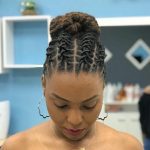
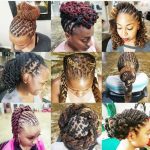
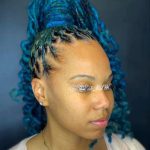
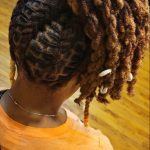
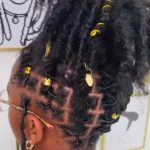

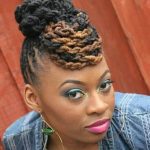






No comments yet.